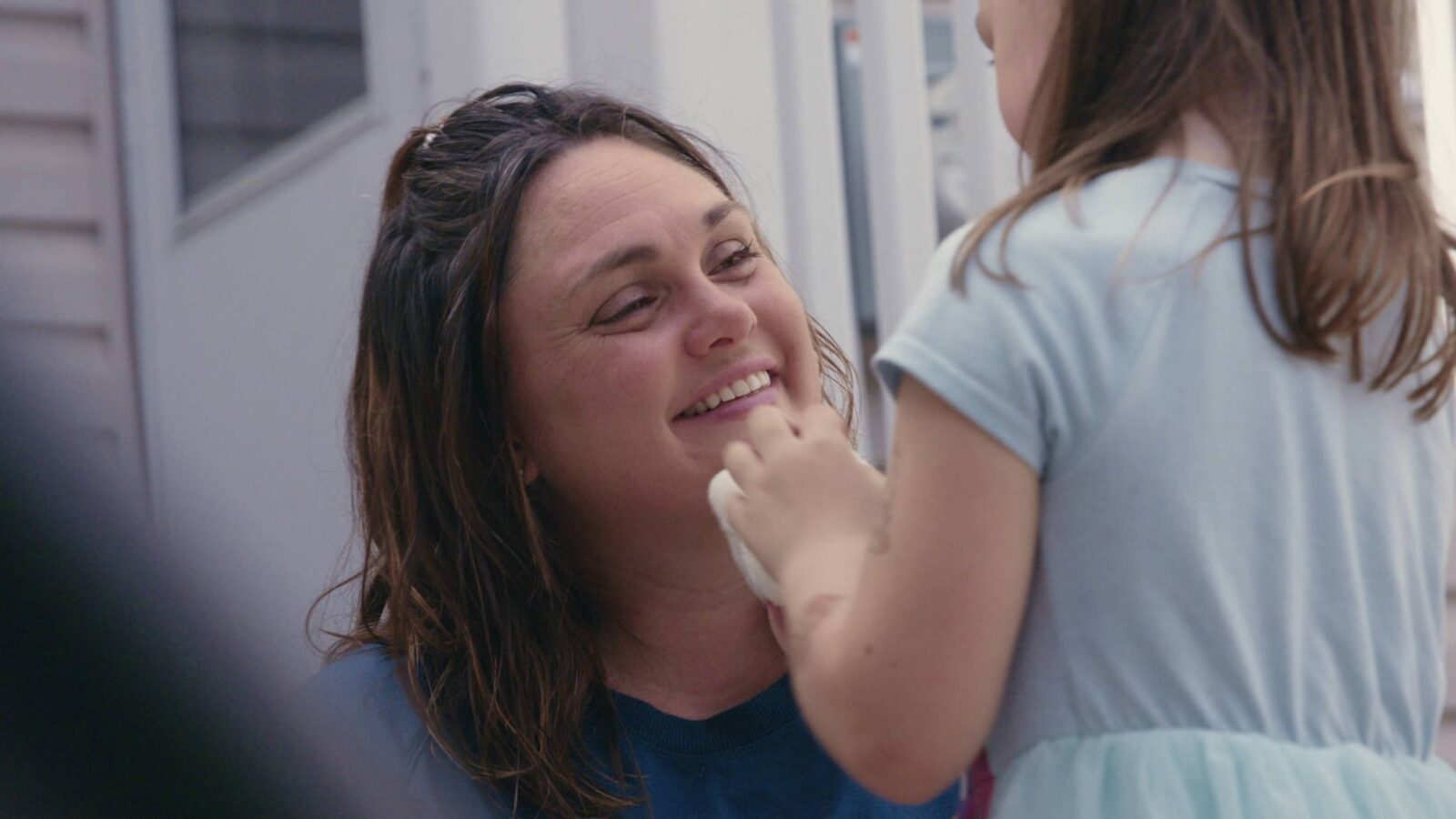“I’ve always naturally been someone who takes care of other people and who puts people before myself,” she began. “But you can’t pour from an empty cup.” Such was the case for Tierney, a woman responsible for raising her young daughter, caring for her disabled father, and working a full-time job. That would be more than enough stress for any person, but Tierney also had the added responsibility of handling it alone while her husband was a front-line responder during the COVID-19 pandemic. Overworked and overwhelmed, Tierney found herself struggling to keep her head above water – until one day, she couldn’t.
Tierney’s journey to recovery is shown in the short film, “Burnout,” for which I served as a Health Advisor. The film is part of TakeCare, a national initiative rooted in science that provides the reflection, motivation, and implementation to inspire people to create health and well-being in their lives.
As a stress management expert with the American College of Lifestyle Medicine, I know all too well how easy it can be to feel like we are responsible for the needs of those around us, but it’s important to slow down and reflect on maintaining our own sense of balance and health. Just taking the time to be mindful can help us change our perspective and remind us that our own needs matter too.
A Candle Burning from Both Ends
There are three kinds of stress. There’s good stress, like planning a trip or starting a new job. There is also neutral stress, caused by the daily background noise of life. Then there’s actual distress, the deep, chronic, ongoing stress that, if left untreated, can make us sick. Distress is the cause of burnout, which the World Health Organization has classified as a syndrome that results from the pressures of work, school, family, or other issues. Burnout can present itself in many ways. Like Tierney, a person who is burnt out may feel completely exhausted no matter how much sleep they get. This can lead to sense of numbness to the world and a depressing loss of self-esteem. They often develop a short temper; saying things in the heat of the moment they later regret. Eventually, they may feel like they don’t even recognize themselves anymore. And in the most extreme cases, it can lead to suicidal ideation.
Recovering from Burnout
The first step to recovering from burnout is recognizing when we are burned out. For Tierney, it wasn’t until her boss suggested she was overloaded that she finally realized she couldn’t continue down her current path. This was the beginning of her wake-up call. After discussing burnout with her doctor, Tierney realized she needed to make some concrete changes in her life, “I started turning the TV off at 9 p.m. I started reading books as a way to feel like I still did something that day, like I got something done. Just these things to try to help myself feel more engaged in my life,” she said. “Then I would get this burst of energy – and I could go do the dishes. Learning that I could do that allowed me to be able to repeat it.” And opening up to her doctor about how she was feeling became a major step in her recovery.
Because burnout is a syndrome of being totally overwhelmed, we need to ask for help if we get to this point – whether that means reaching out to a loved one or to a healthcare professional to let them know how we are feeling. Even just the act of expressing those feelings can help lighten some of the load.
Secondly, we also need to accept that there is nothing wrong with us if we feel burned out – and that we all have the ability to learn the tools we need to cope with our stress load. Certain exercises as simple as deep breathing can help reduce our stress. Spending time in nature is a wonderful tool for calming our minds and bodies, as is connecting our movements to our breathing through practices such as yoga or qigong. Community is also an important part of recovery. Tierney credits her daily workout routine for helping get her through her darkest times. “I was in an exercise program at that time, and I wouldn’t let myself not do it,” she laughs. “Every day I did my thirty-minute workout and I think that’s what kept me from totally going under.” You can’t help other people unless you help yourself first. Tierney needed to take care of herself to make sure she felt whole again before she could regain the strength to be an effective mother, caretaker, employee, and spouse. By the end of the film, we see how Tierney’s life was changed. “None of my responsibilities have changed,” she concludes, “What changed was how I perceive the world around me, and then acknowledging and accepting myself for who I am. I still take care of my dad, my daughter, and work – but I deserve to acknowledge what I’m experiencing in the moment, and I deserve self-care.” Every one of us can find pockets of time in the day to do something for ourselves.
You can read this blog on TakeCare.

Robyn Tiger, MD, DipABLM is lead faculty and stress management subject matter expert for the American College of Lifestyle Medicine and founder of StressFreeMD. Dr. Tiger is double board certified in Diagnostic Radiology and Lifestyle Medicine, and also holds certifications in life coaching, meditation and yoga therapy.


